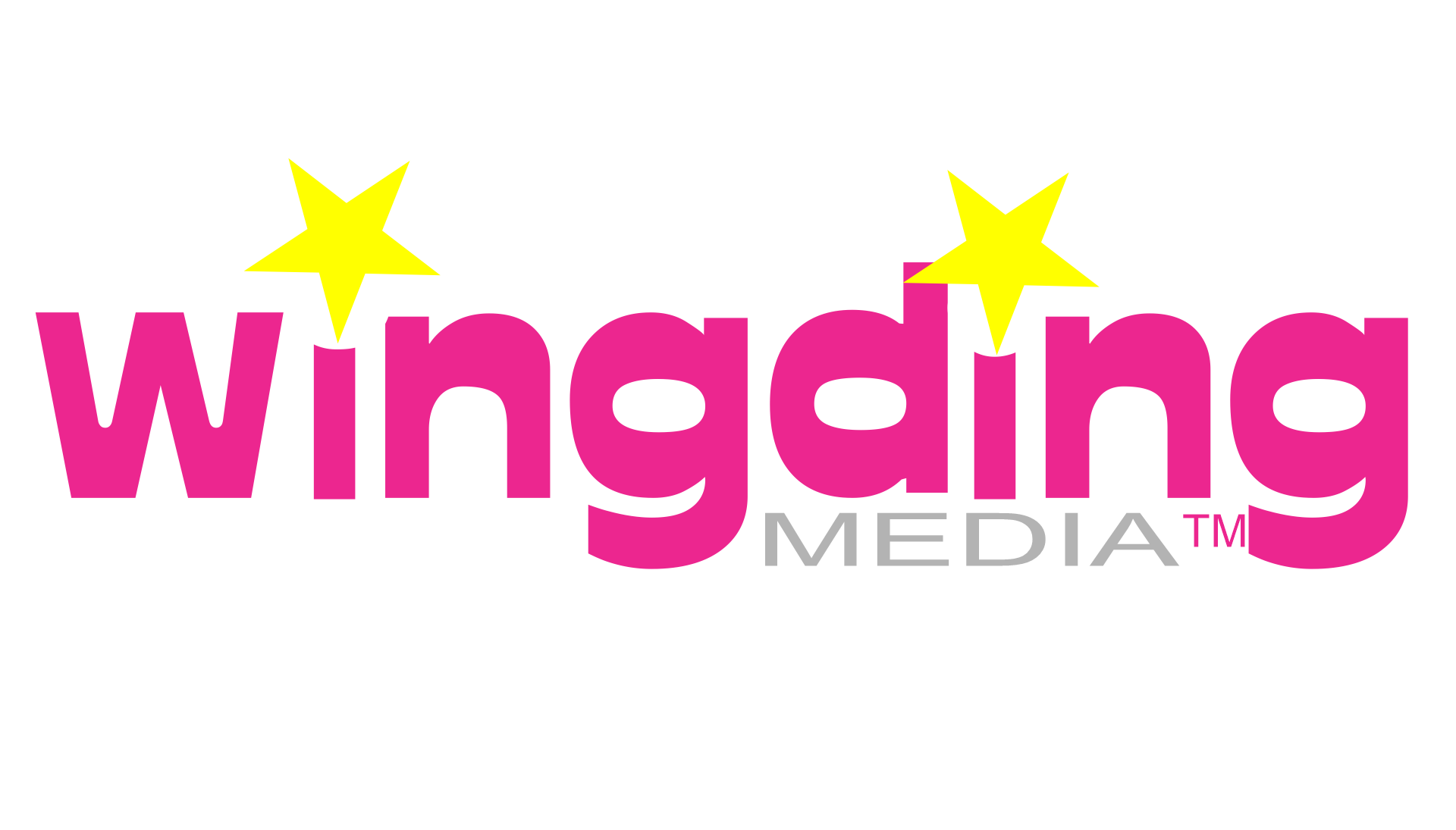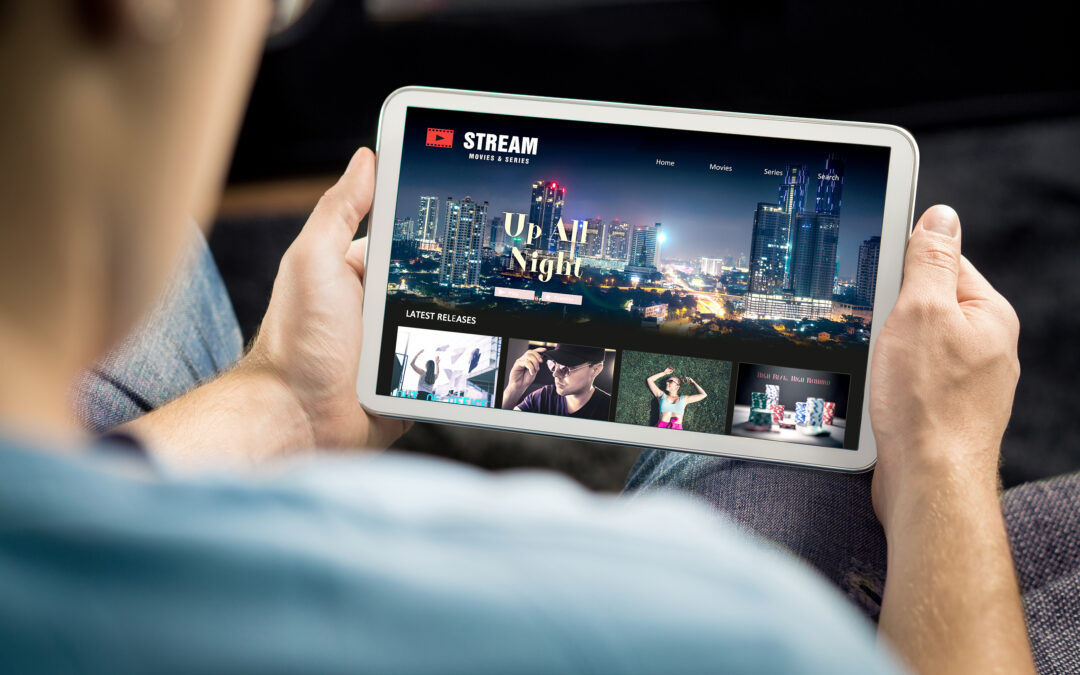The entertainment world has transformed rapidly over the past decade. Traditional TV and movie theaters are no longer the only options. Streaming services like Netflix and YouTube have reshaped how we consume content, offering everything from Hollywood blockbusters to homemade videos. With smartphones in nearly every pocket, user-generated content (UGC) has surged, allowing anyone to become a creator and share their stories globally.
This blog explores how these powerful trends—streaming services and UGC—are actively shaping the future of entertainment.
The Rise of Streaming Services
A decade ago, most of us gathered around our TVs at specific times, flipping through channels or lining up at the local movie theater for the latest blockbuster. But those days are behind us. Now, platforms like Netflix, Amazon Prime, and Hulu let us watch whatever we want, whenever we want, on any device we have handy. This shift was fueled by massive technological advancements.
High-speed internet paved the way, making buffering a thing of the past. Today, 5G is pushing those boundaries even further, promising faster streaming and better connectivity wherever we go. Artificial intelligence has jumped into the mix, learning our viewing habits and curating recommendations so perfectly it’s almost spooky. And let’s not forget virtual and augmented reality (VR/AR), which are set to revolutionize how we immerse ourselves in content.
But it’s not just technology driving this change. It’s the content. Streaming platforms have moved beyond distributing shows and are now creating them. Netflix’s “Stranger Things” and Amazon Prime’s “The Marvelous Mrs. Maisel” are cultural phenomena.
These platforms are pouring billions into original productions, sparking what some call the “content wars.” Each platform is fiercely competing for our attention and loyalty by offering exclusive, high-quality content you can’t find anywhere else. It’s a battle for eyeballs, and as viewers, we’re reaping the rewards—no matter which service we subscribe to.
The Impact of User-Generated Content
User-generated content (UGC) has revolutionized the way we consume media. Unlike traditional media, which is created by professionals and distributed through established channels like TV networks or film studios, UGC is created by everyday people—just like you and me.
It can be anything from a TikTok dance video to a heartfelt blog post or a YouTube tutorial. The beauty of UGC lies in its accessibility, as anyone with a smartphone and an internet connection can become a creator.
UGC’s popularity has surged for a reason. People crave authenticity in a world saturated with polished, professional content. UGC feels real, and it’s relatable because it’s created by peers, not professionals. Whether it’s a candid Instagram story or a raw, unfiltered YouTube vlog, UGC resonates with audiences on a personal level.
The rise of influencer culture plays a huge role here. Influencers, many of whom started with nothing but a camera and an idea, have built loyal followings by sharing their lives and experiences in a way that feels genuine.
Traditional media has taken notice. As UGC continues to captivate audiences, established outlets are adapting. News programs now frequently include social media posts as part of their coverage, and TV shows often feature UGC as a way to connect with younger, tech-savvy viewers. This blending of professional and user-generated content reflects a shift in media consumption.
Convergence of Streaming and UGC
The lines between professional and amateur content have never been blurrier. Platforms like YouTube, Twitch, and TikTok are at the forefront of this convergence, where a blockbuster movie trailer can sit next to a homemade cooking tutorial.
On YouTube, you might watch a high-budget music video followed by a creator’s vlog shot on an iPhone. Twitch, originally a haven for gamers, now hosts everything from professionally produced e-sports tournaments to casual, at-home streams where creators chat with their audience.
And TikTok? It’s the ultimate mashup of professional and user-generated content, where celebrities and everyday users alike create viral moments in 15 seconds or less.
This blend of content types has created a diverse ecosystem that thrives on variety and relatability. Streaming platforms understand the power of UGC and are finding innovative ways to incorporate it into their business models. For instance, YouTube’s Partner Program allows creators to monetize their content through ad revenue. At the same time, TikTok has embraced influencer partnerships, connecting brands with creators to promote products in a way that feels organic.
Ad-supported content has also become a staple in this landscape, offering viewers free access to content while generating revenue through targeted ads. This model not only benefits platforms but also empowers creators to turn their passion into profit.
As a result, UGC isn’t just a hobby anymore—it’s a legitimate career path. This convergence is reshaping entertainment, making it more accessible, diverse, and personalized than ever before.
Challenges and Opportunities
As streaming services and UGC dominate the entertainment landscape, they face a unique set of challenges.
- Subscription fatigue is a growing concern, with viewers overwhelmed by the sheer number of streaming platforms, each demanding a monthly fee. Juggling multiple subscriptions can become a financial burden, leading some users to reconsider their choices.
- Content discoverability also presents a hurdle. With vast libraries of shows and videos, finding something new and relevant can feel like searching for a needle in a haystack.
This is where the role of AI-driven recommendations becomes crucial, but it also raises data privacy concerns. As platforms collect more personal data to refine their algorithms, users are increasingly worried about how their information is being used and whether it’s adequately protected.
Despite these challenges, the landscape is ripe with opportunities. AI isn’t just a tool for curating content but the key to creating personalized viewing experiences that keep audiences engaged. As AI continues to evolve, it can learn even more about user preferences, delivering content that feels tailor-made for each viewer. This creates a virtuous cycle—better recommendations lead to higher engagement, which in turn improves the algorithm.
Another significant opportunity lies in the democratization of content creation. With tools and platforms readily available, anyone can become a content creator, breaking down barriers that once kept media production in the hands of a few. This not only diversifies the types of content available but also fosters a more inclusive and participatory entertainment culture where fresh voices and perspectives can flourish.
Embrace the New Era of Entertainment
Streaming services and user-generated content are transforming entertainment as we know it. We’ve moved from scheduled TV programming to on-demand streaming, where personalized content recommendations and original productions dominate. UGC adds another layer, bringing authentic, relatable content that resonates with viewers worldwide.
As these trends converge, they offer both challenges—like subscription fatigue and data privacy—and exciting opportunities for innovation and inclusivity. This evolution is actively defining what it will look like in the years to come. The future is here, and everyone has a role to play.

